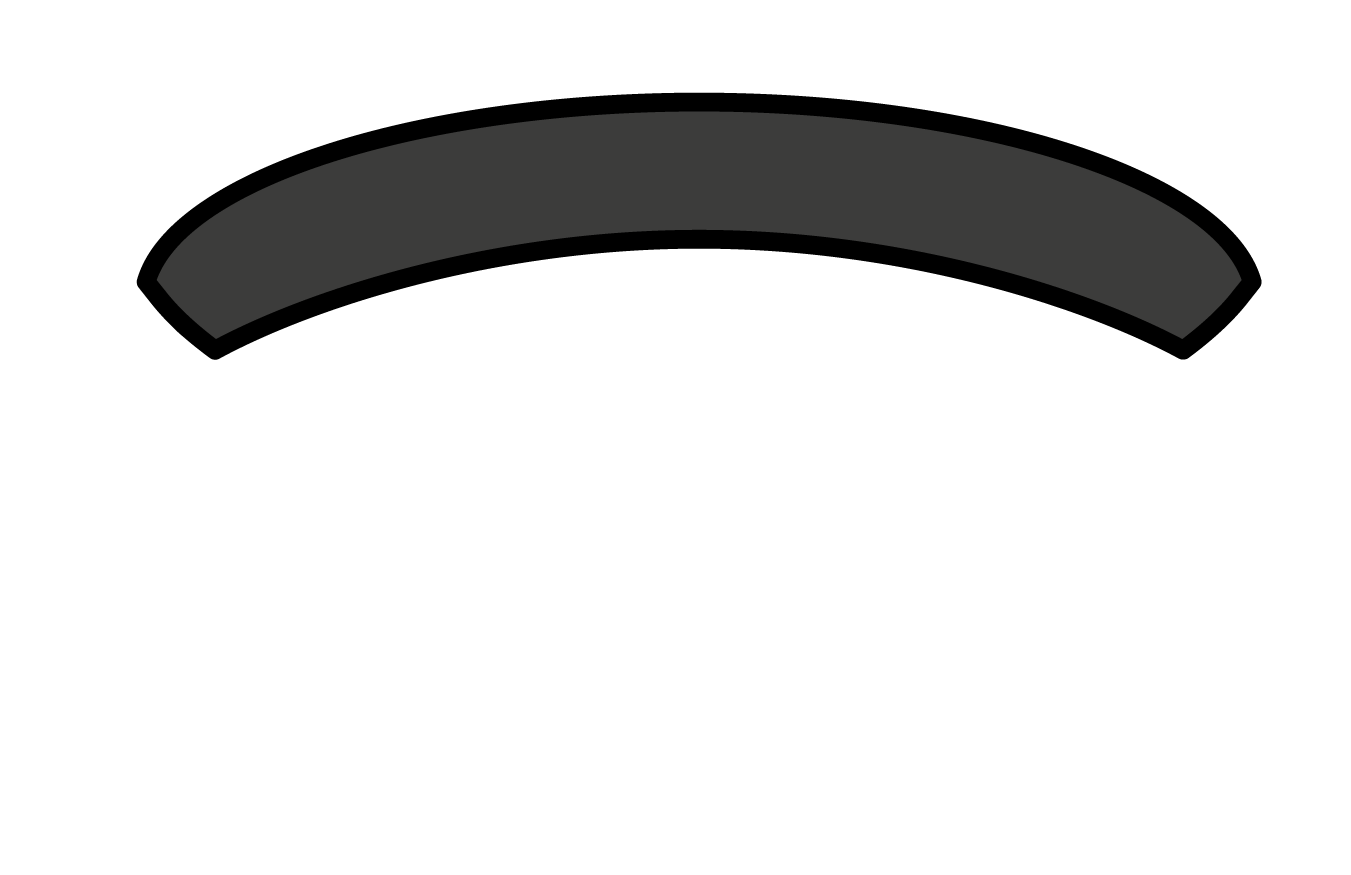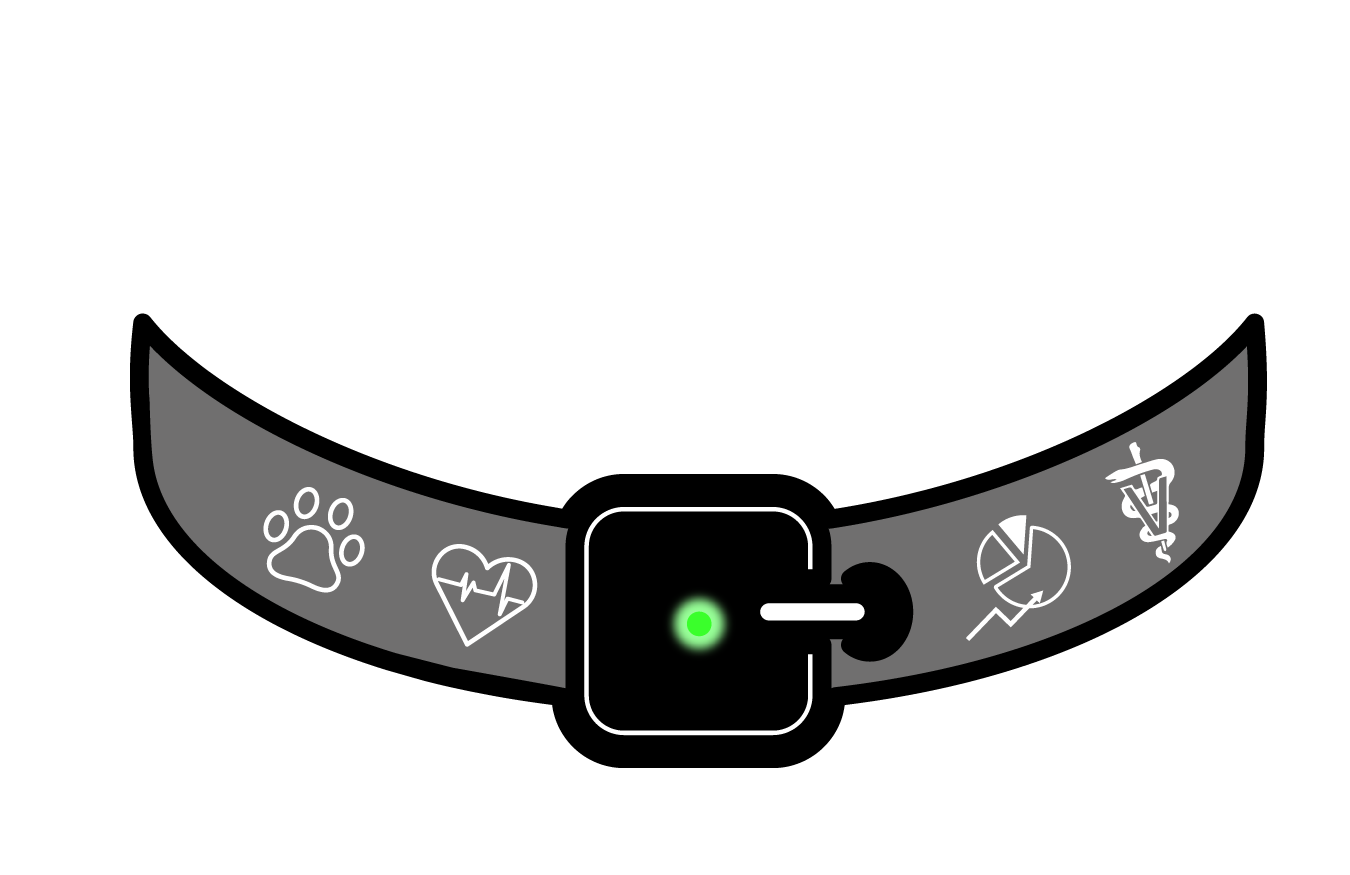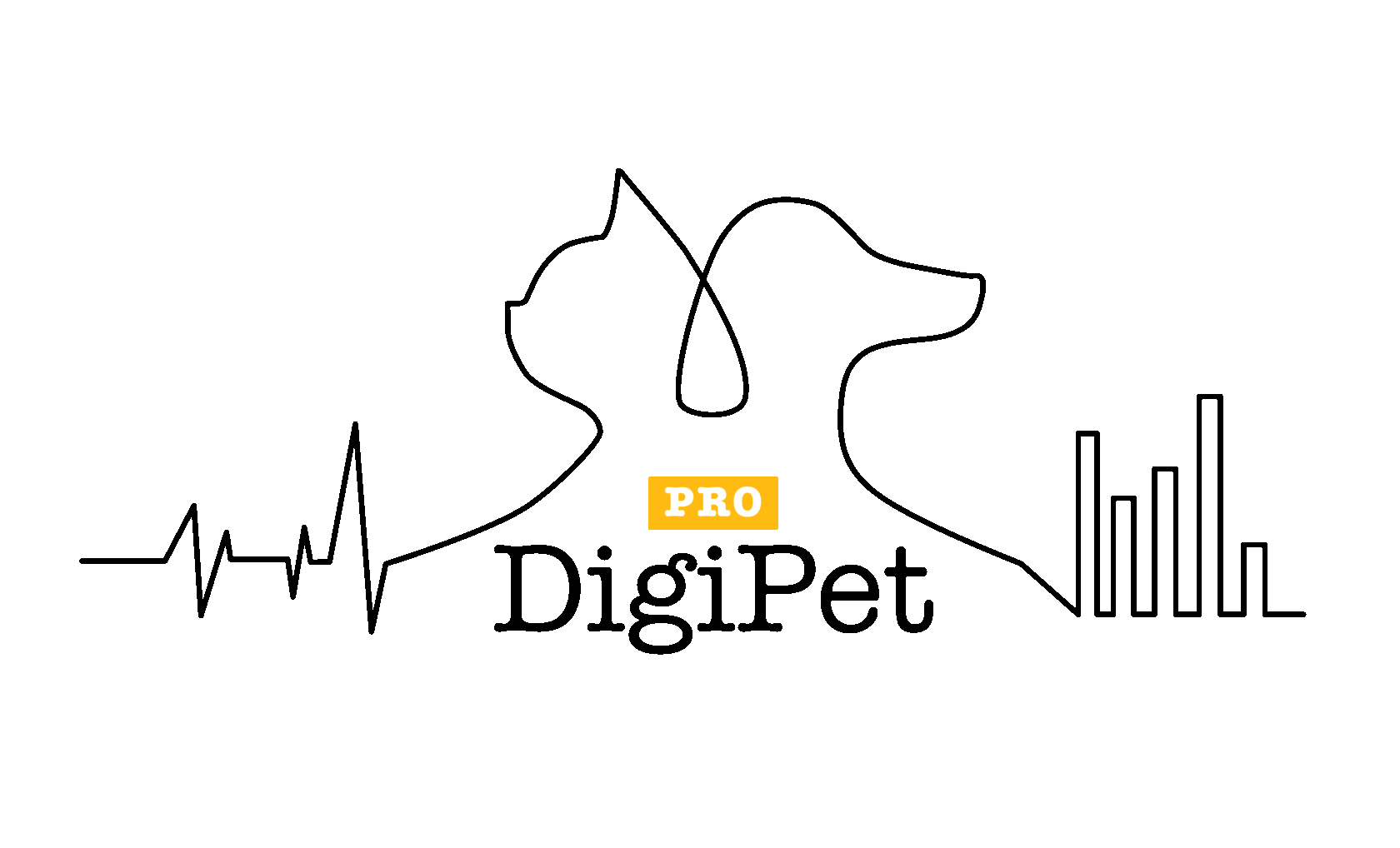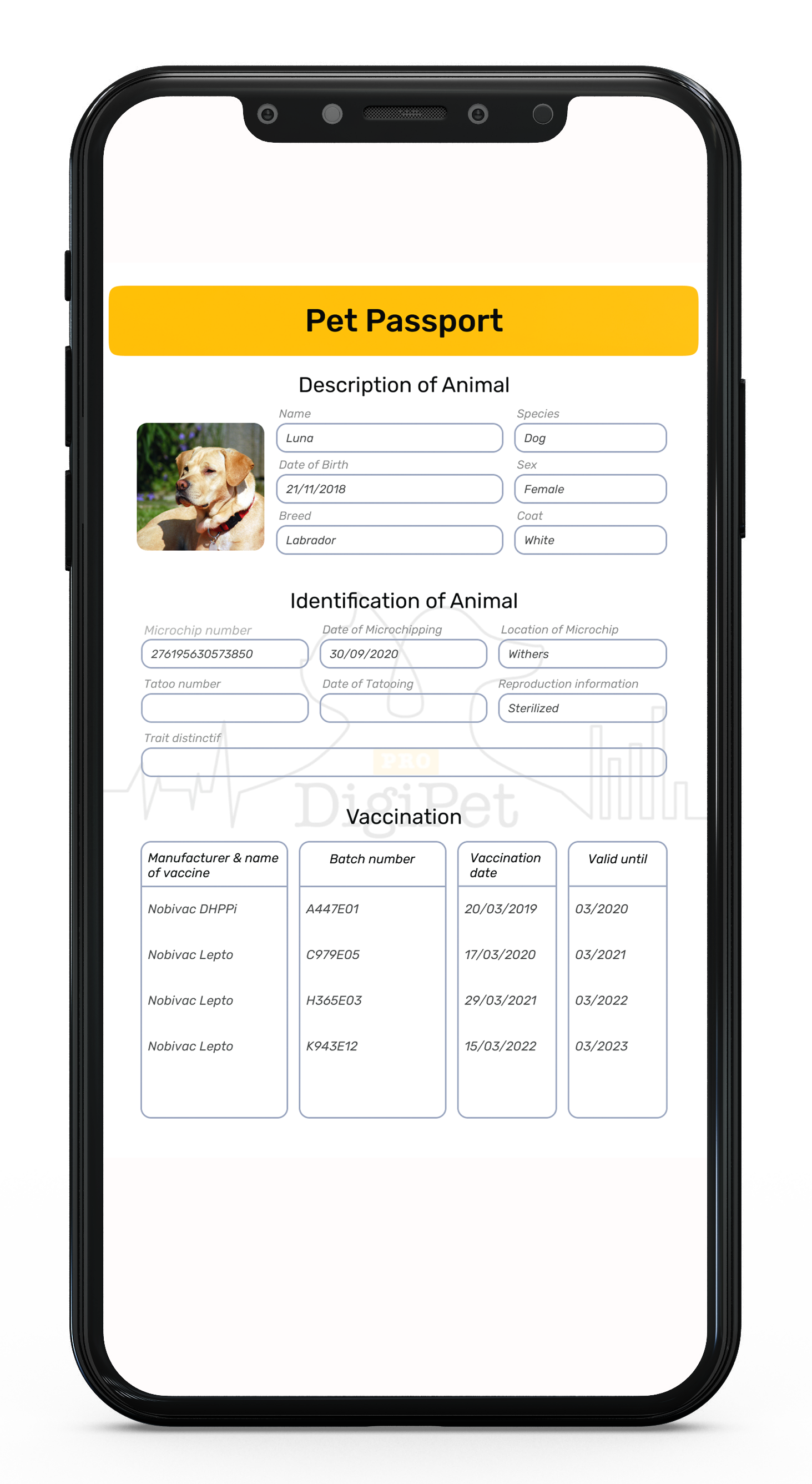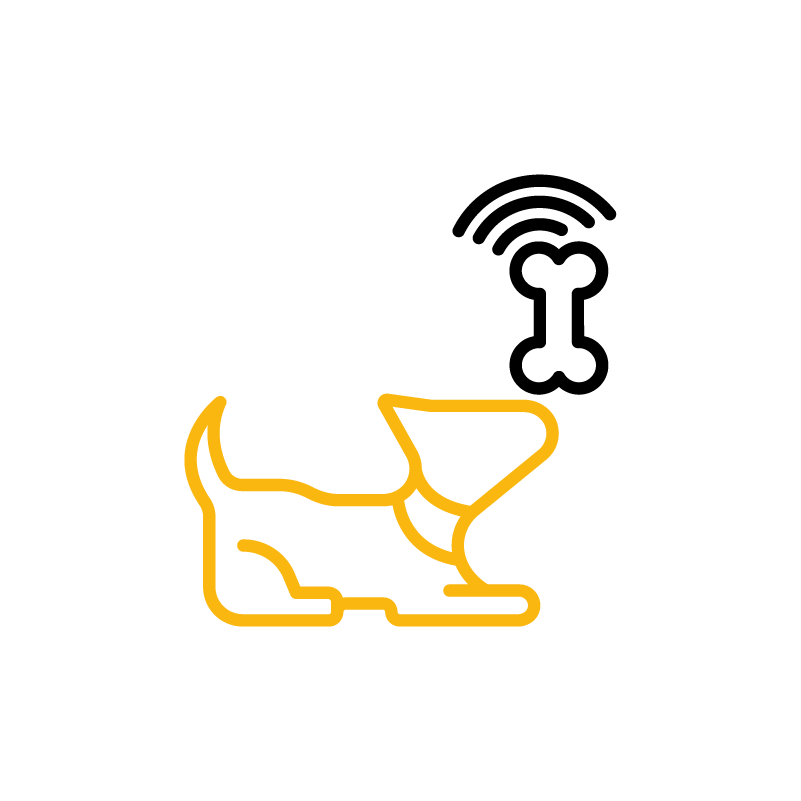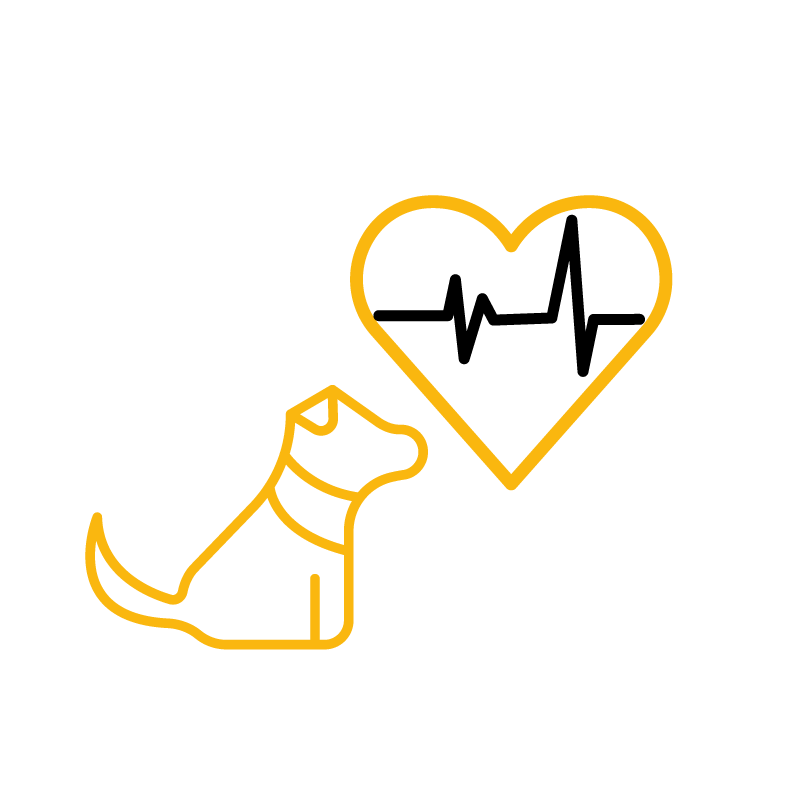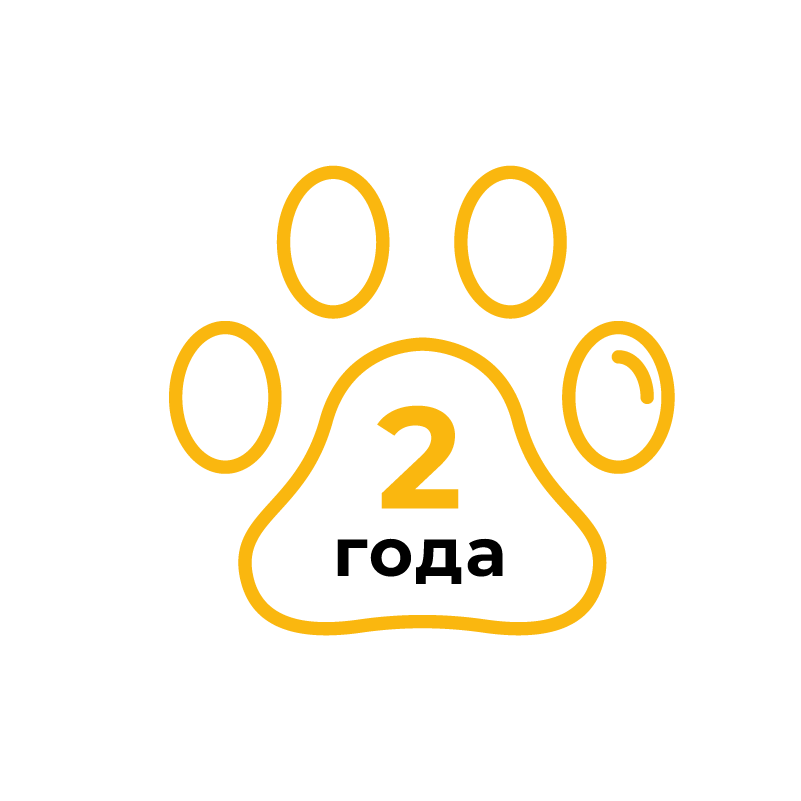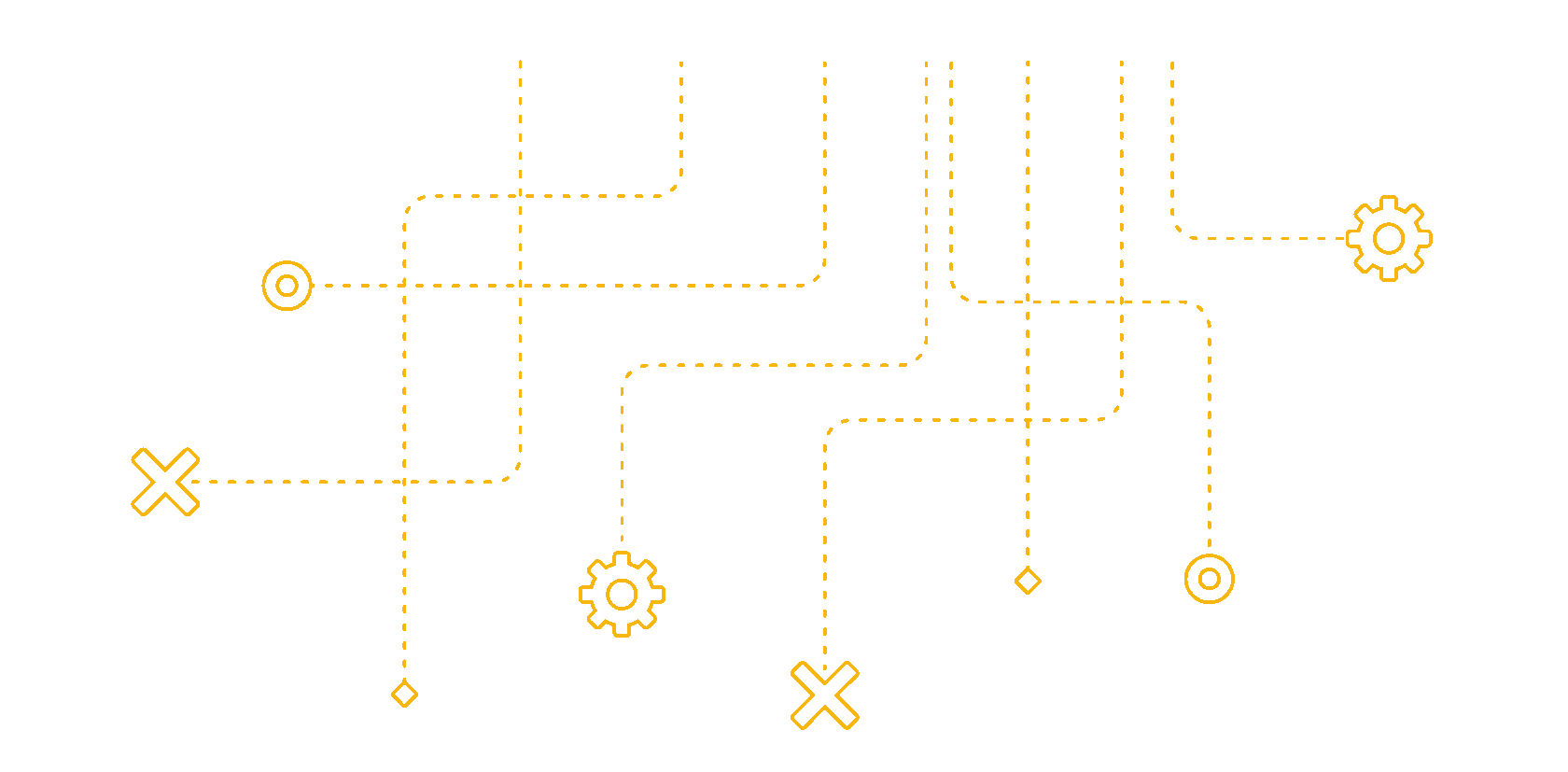Let's talk today about movement patterns or movement categories, as we initially called them.
In our collar, we use an advanced combined sensor that allows us to track the dog's movement with high accuracy. Let's look at an example for humans to see how such a sensor works.
Surely many of us know about such a function in smartwatches or smartphones as a pedometer. We walk all day, and then in the evening our phone tells us - you walked 11,438 steps today. How does it know this? In fact, it's quite simple - when we take a step and "land" on our foot, our body experiences a "vertical impact". Our body was moving downward and then stopped. The next stage, when we start our next step - movement upward, then down again, and again an "impact". The sensor on the phone or smartwatch detects this "impact" and understands that we have taken one step.
The sensor in our collar works on a similar principle, only its functionality is much broader.
Let's take as an example a situation where a dog is lying down, then stands up and walks, then lies down again. The sensor tracks the change in position - was lying → stood up, then movement: went left / right, then again a change in position - standing → lying down.
It might seem - what is this needed for? We believe that, for example, tracking sleep quality is very important for assessing a dog's health. If during the dark hours the dog constantly wakes up, walks around, i.e., behaves restlessly, this can be a symptom of an illness - cardiac, nervous - or even a symptom of pain. And this is worth paying close attention to. Owners, as a rule, don't see these symptoms, as they themselves try to sleep at night. And if the dog doesn't sleep with you in bed and you don't wake up from every click of your pet's paws on the floor, then you probably don't know about such behavior of your dog.
In our collar, we use an advanced combined sensor that allows us to track the dog's movement with high accuracy. Let's look at an example for humans to see how such a sensor works.
Surely many of us know about such a function in smartwatches or smartphones as a pedometer. We walk all day, and then in the evening our phone tells us - you walked 11,438 steps today. How does it know this? In fact, it's quite simple - when we take a step and "land" on our foot, our body experiences a "vertical impact". Our body was moving downward and then stopped. The next stage, when we start our next step - movement upward, then down again, and again an "impact". The sensor on the phone or smartwatch detects this "impact" and understands that we have taken one step.
The sensor in our collar works on a similar principle, only its functionality is much broader.
Let's take as an example a situation where a dog is lying down, then stands up and walks, then lies down again. The sensor tracks the change in position - was lying → stood up, then movement: went left / right, then again a change in position - standing → lying down.
It might seem - what is this needed for? We believe that, for example, tracking sleep quality is very important for assessing a dog's health. If during the dark hours the dog constantly wakes up, walks around, i.e., behaves restlessly, this can be a symptom of an illness - cardiac, nervous - or even a symptom of pain. And this is worth paying close attention to. Owners, as a rule, don't see these symptoms, as they themselves try to sleep at night. And if the dog doesn't sleep with you in bed and you don't wake up from every click of your pet's paws on the floor, then you probably don't know about such behavior of your dog.



